
Why produce more plastic? For now, plastic is here to stay and lies around the planet in abundance. It will be many years before the problem of waste plastic and how we deal with it is addressed. Until then it makes sense to identify where plastic isn’t being recycled properly and we use that plastic to produce new textiles that can be produced to higher standards and sold with buy back options and detailed responsible care instructions. As better uses for recycled plastic emerge, our practices will change.
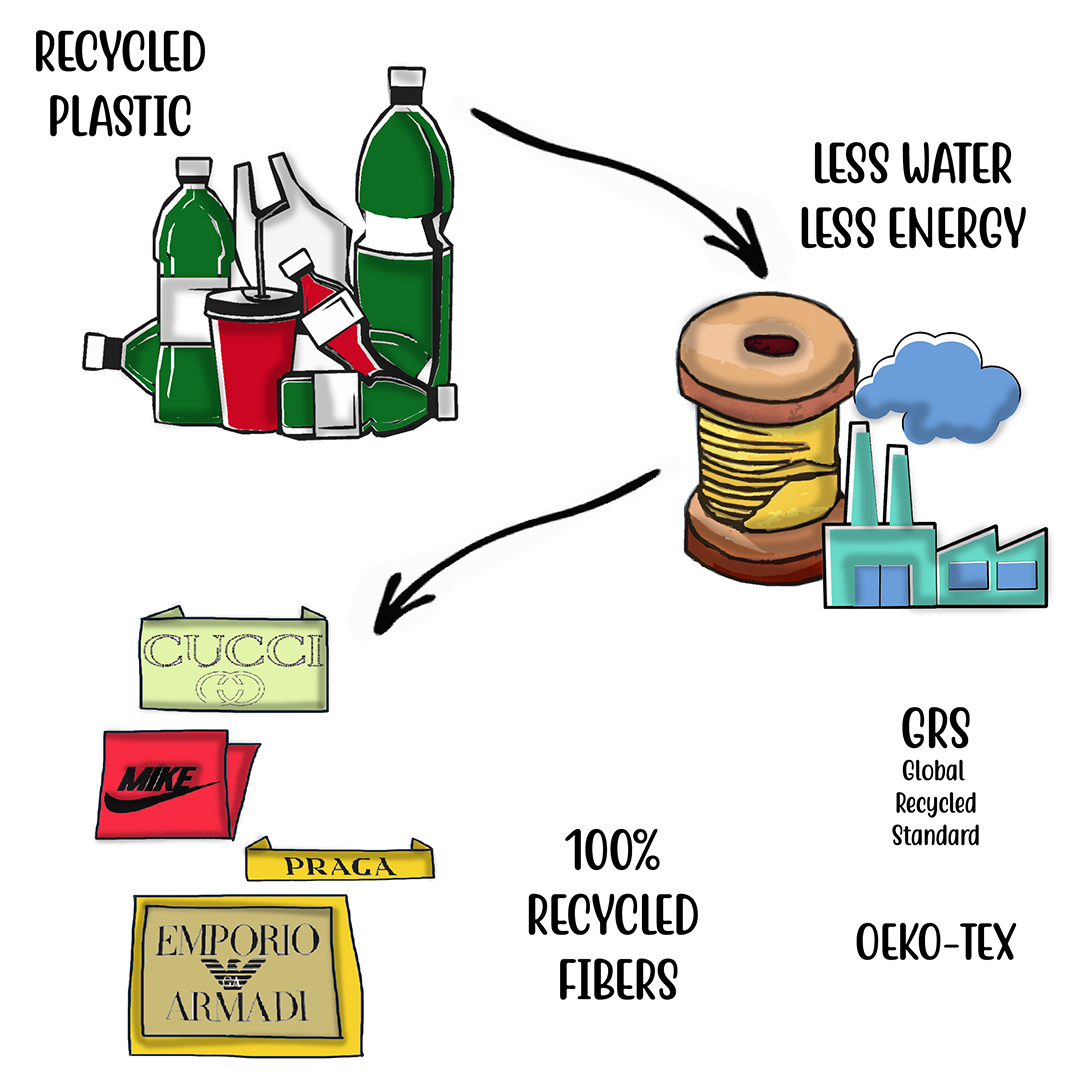
Today it's possible to re-use plastic from post-consumer PET bottles also for producing high performing recycled polyester yarn: Newlife yarn is 100% made in Italy and 100% traceable.
From this yarn, woven labels are produced, warps and welts are 100% recycled. Durability, high resistance, performance, large colour range complete
the picture of these sustainable woven labels.
Stop F**king The Planet,
Julia.
Credits:
Illustrations: @serenaconti
Sponsored by @panamatrimmings
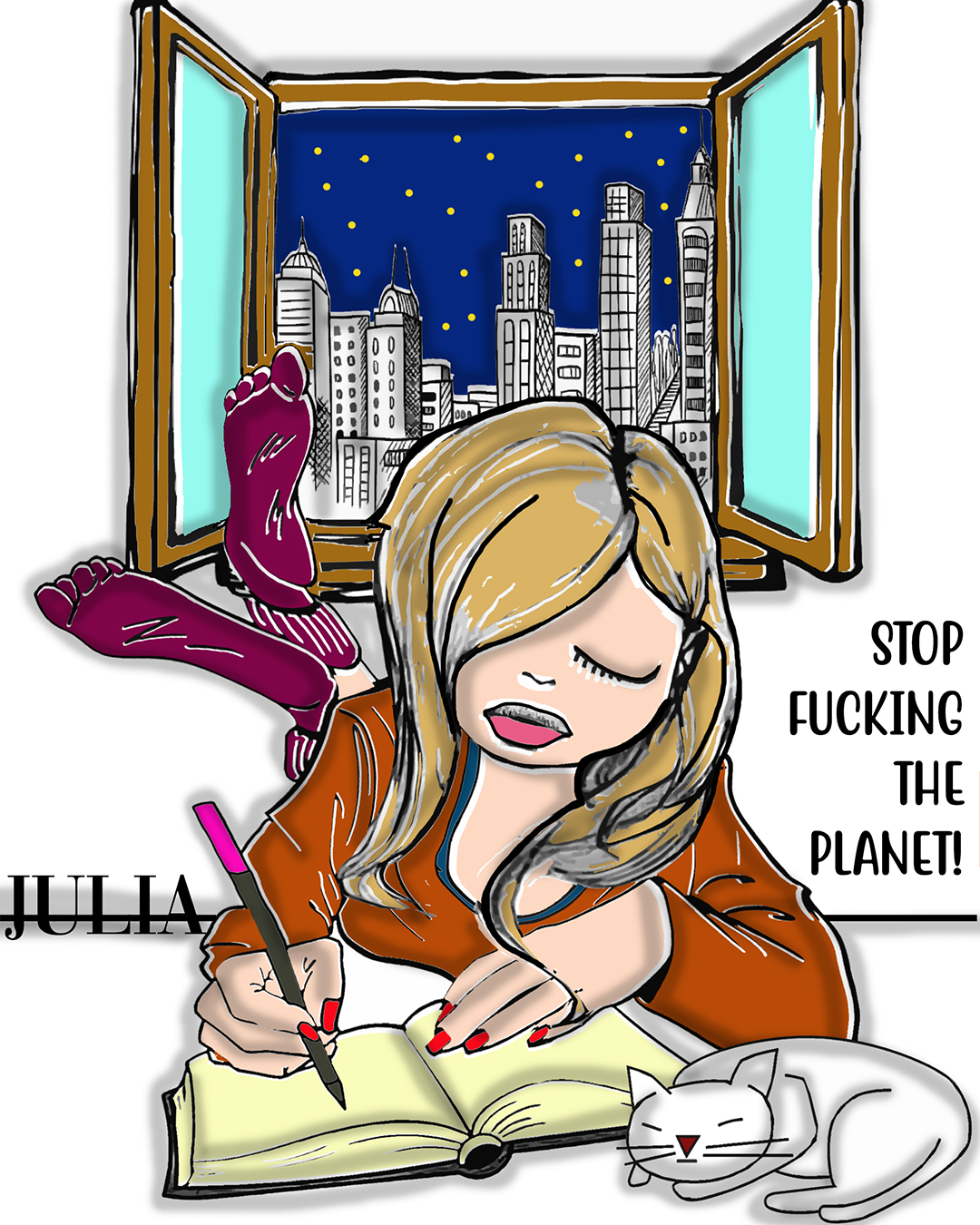
Even writing and printing can be done in a sustainable and cool way.
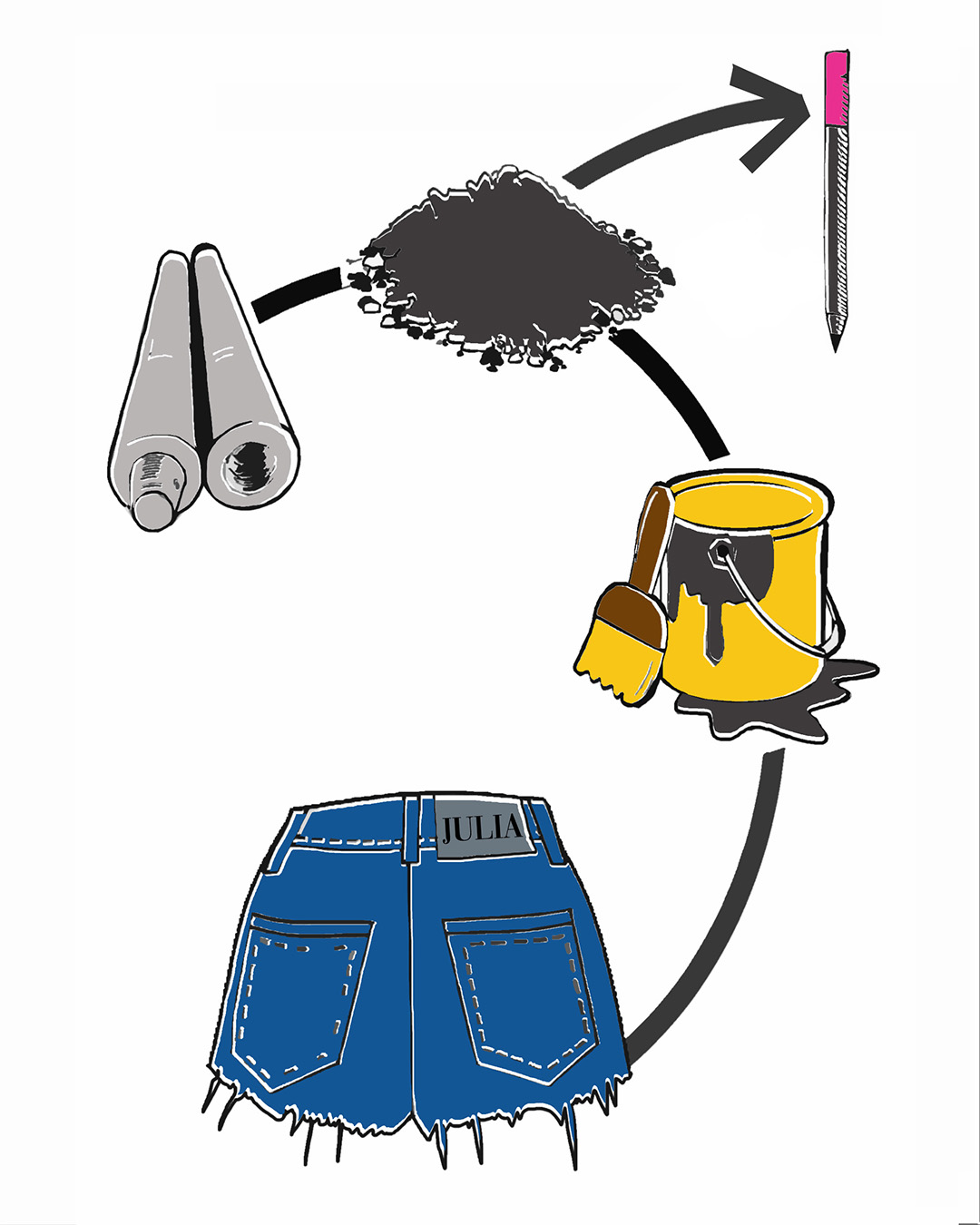
There is the possibility of using the graphite powder, a waste from electrode manufacturing, for preparing an eco-friendly ink.
Up-cycling graphite scraps, a sustainable printing ink is created for obtaining any shade of grey. A very green option with respect to the conventional chemical pigments.
G_ink is used for printing g_label and the best result is achieved by combining this new printing eco-friendly ink with natural materials such as jacron and cotton.
This innovative way of converting waste into regenerated raw materials is endorsed by Perpetua®, the only and first pencil made with recycled graphite.
Stop F**king The Planet,
Julia.
Credits:
Illustrations: @serenaconti
Sponsored by @panamatrimmings
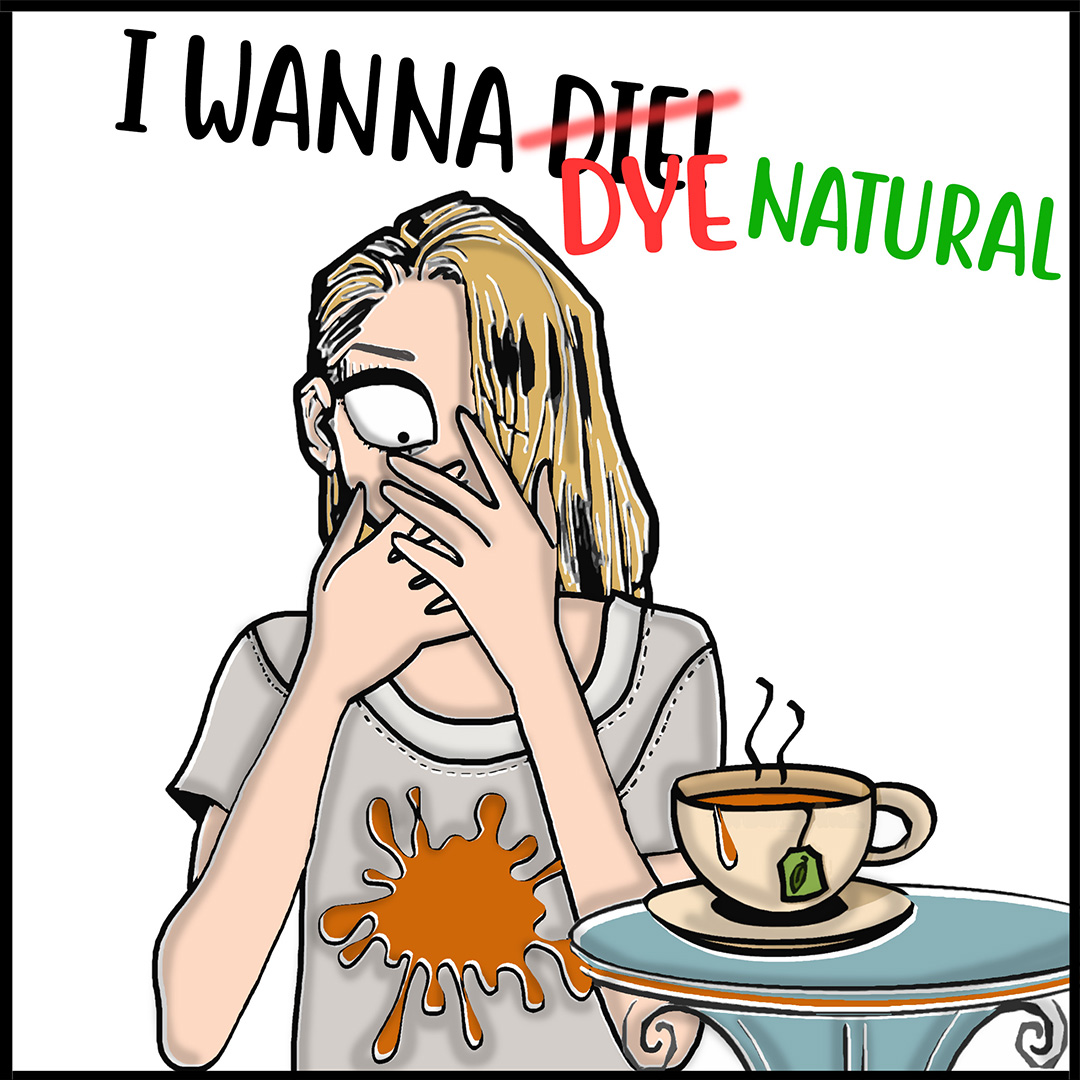
It's natural as a cup of herbal tea. Materials used for dyeing are 100% organic and compostable.
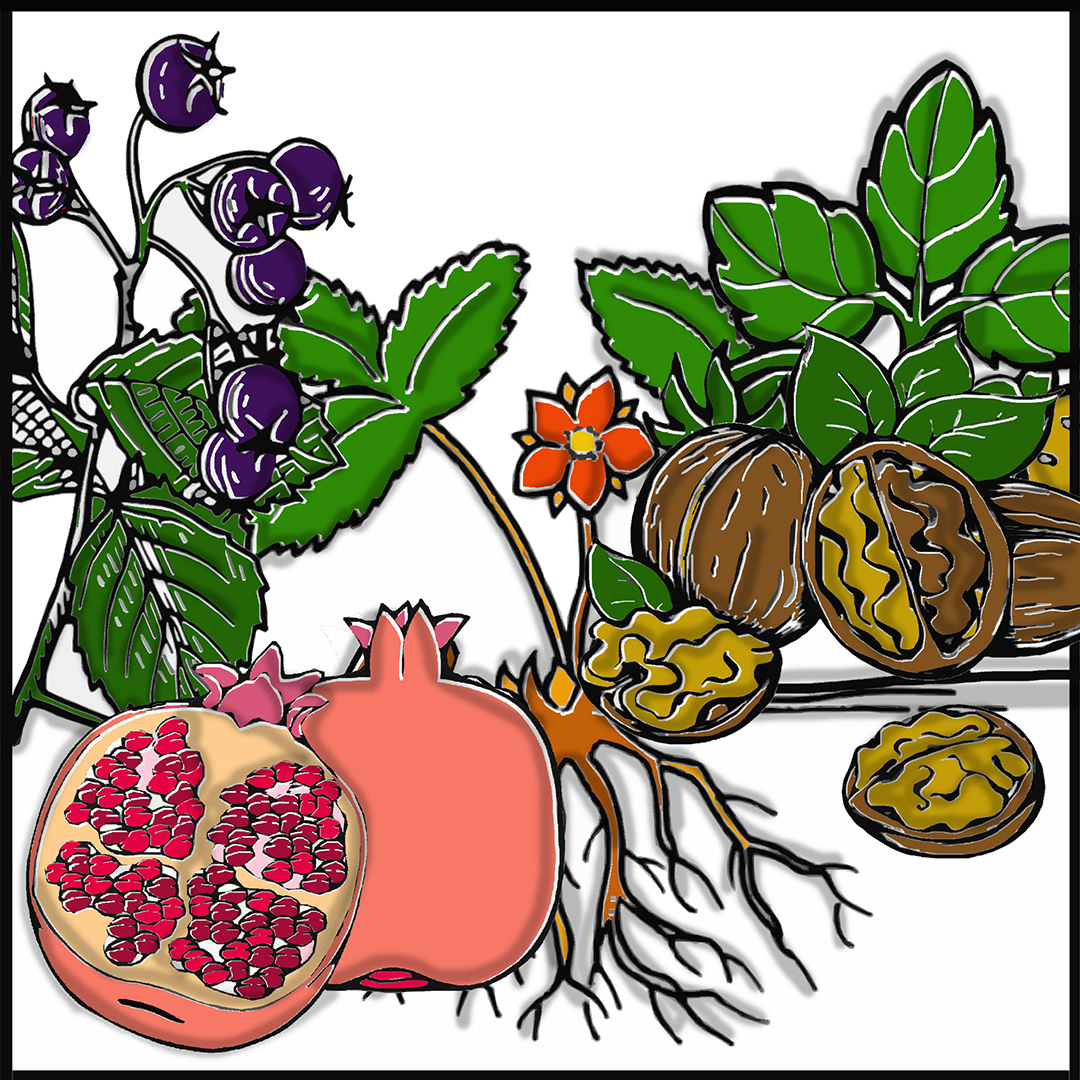
The natural dyeing is an ancient art, green and very creative, it uses only flowers, husks, peels, plants and roots which are dried and infused with no chemical additives.
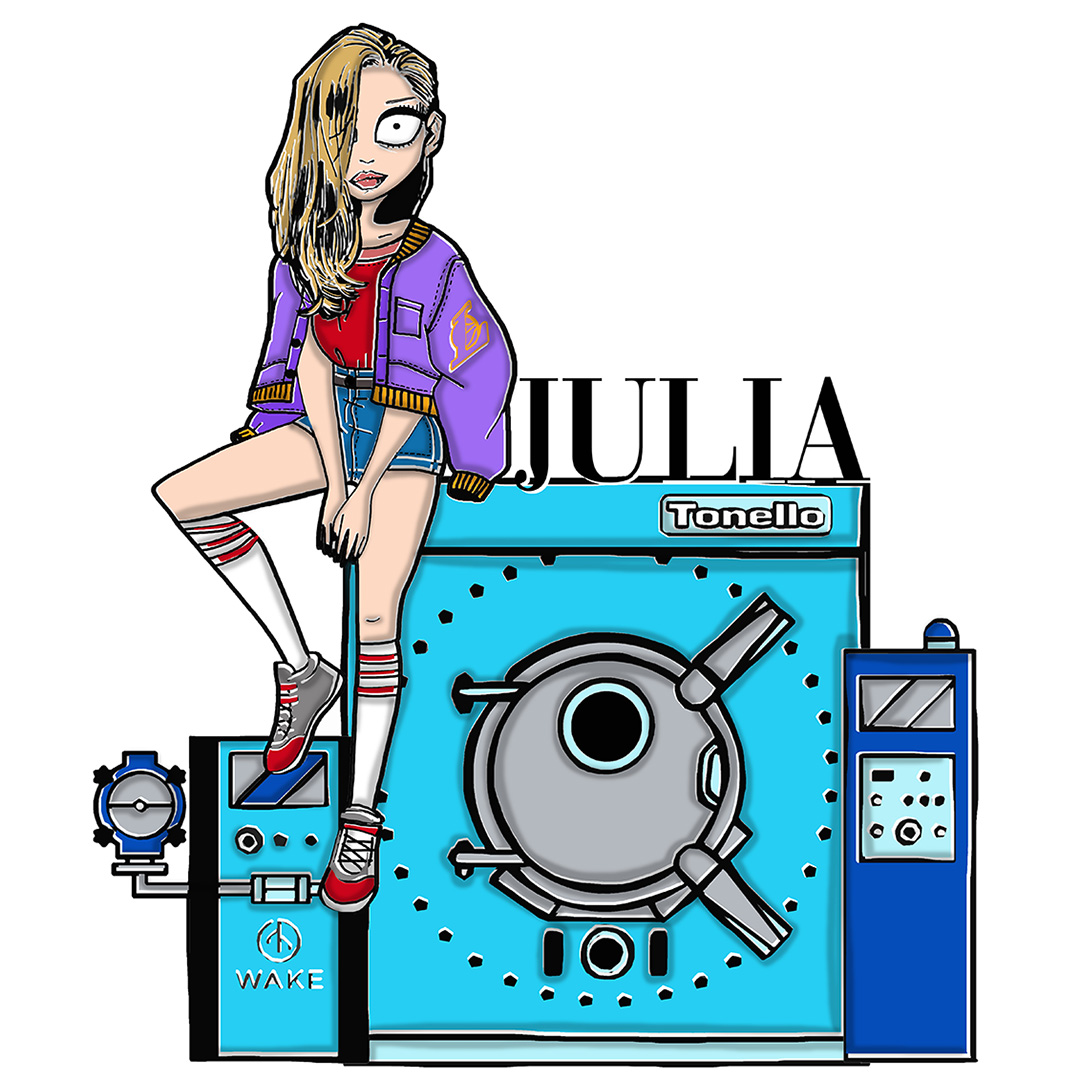
Waste from raw organic material becomes natural colorants that go boom in gorgeous colours, yellow from pomegranate peel, a shade of brown from walnut husk and much more.
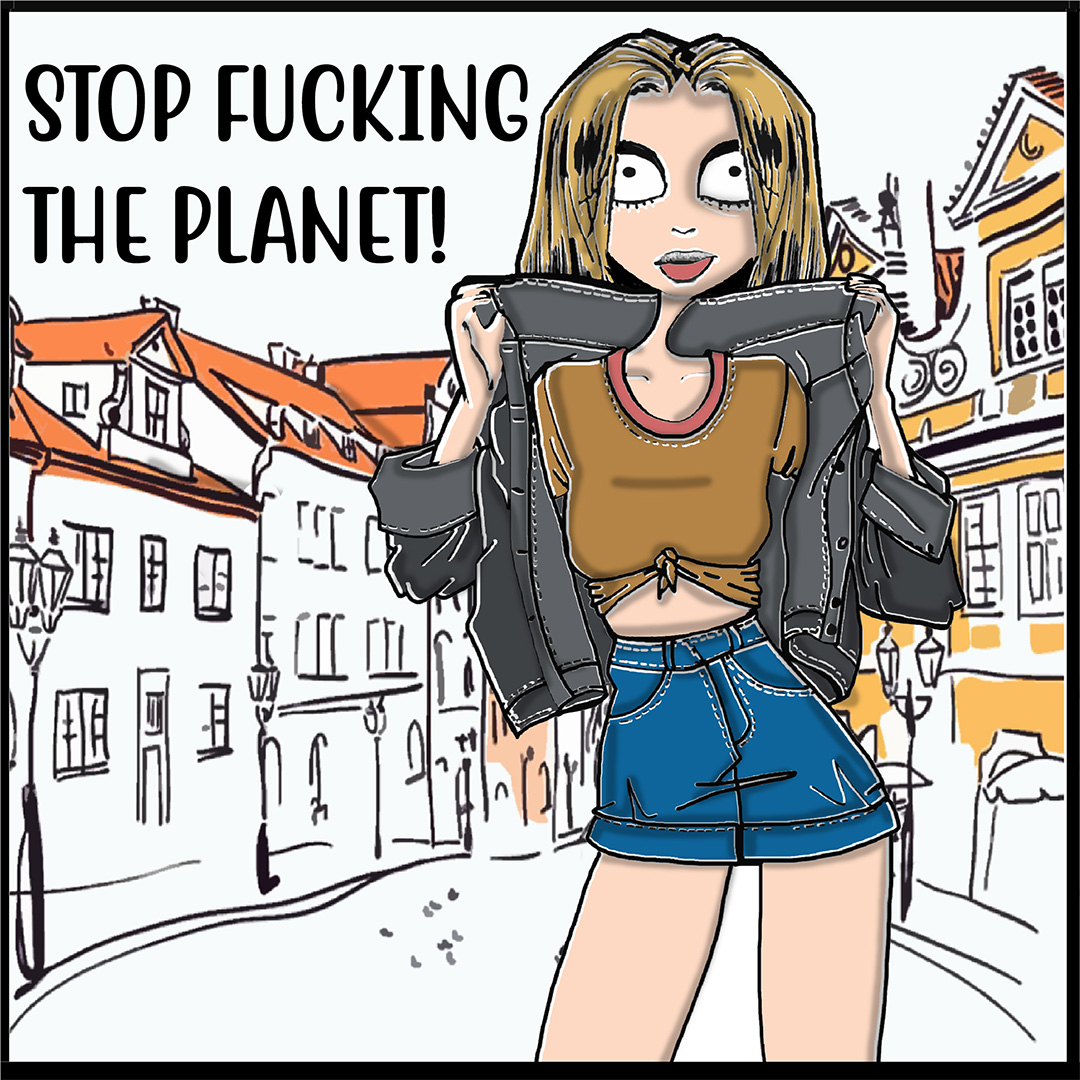
It's nice to wear my favourite T-shirt, good-looking and friendly with nature.
Stop F**king The Planet,
Julia.
Credits:
Illustrations: @serenaconti
Sponsored by @panamatrimmings
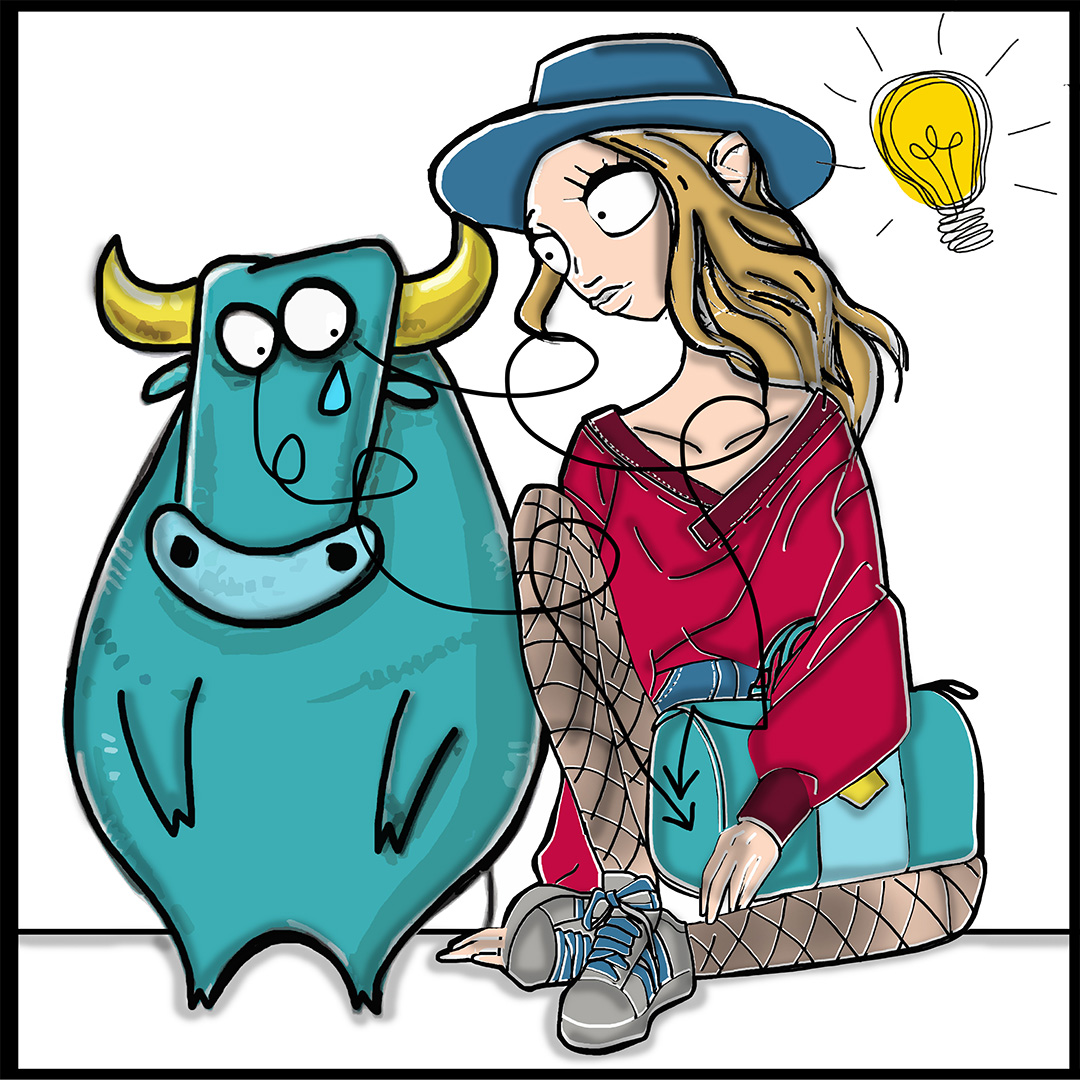
Can you imagine a good alternative to real leather ? An exciting option to leather finally exists! It's a vegan and sustainable product made with renewable resources. A large variety of surface textures and colours make this raw material a trendy must have for all those who love to be cool and green.
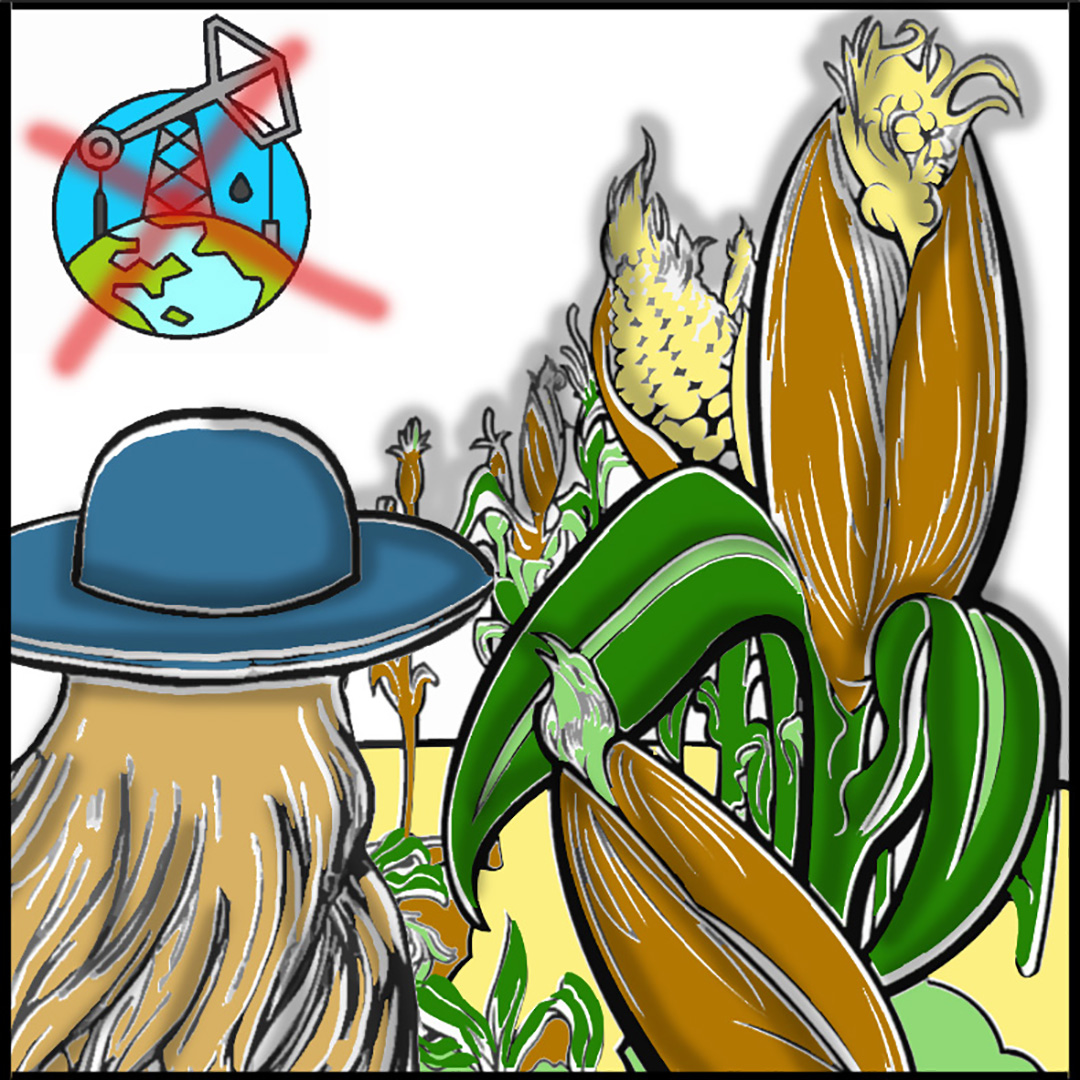
A bushel of corn can replace a barrel of oil.
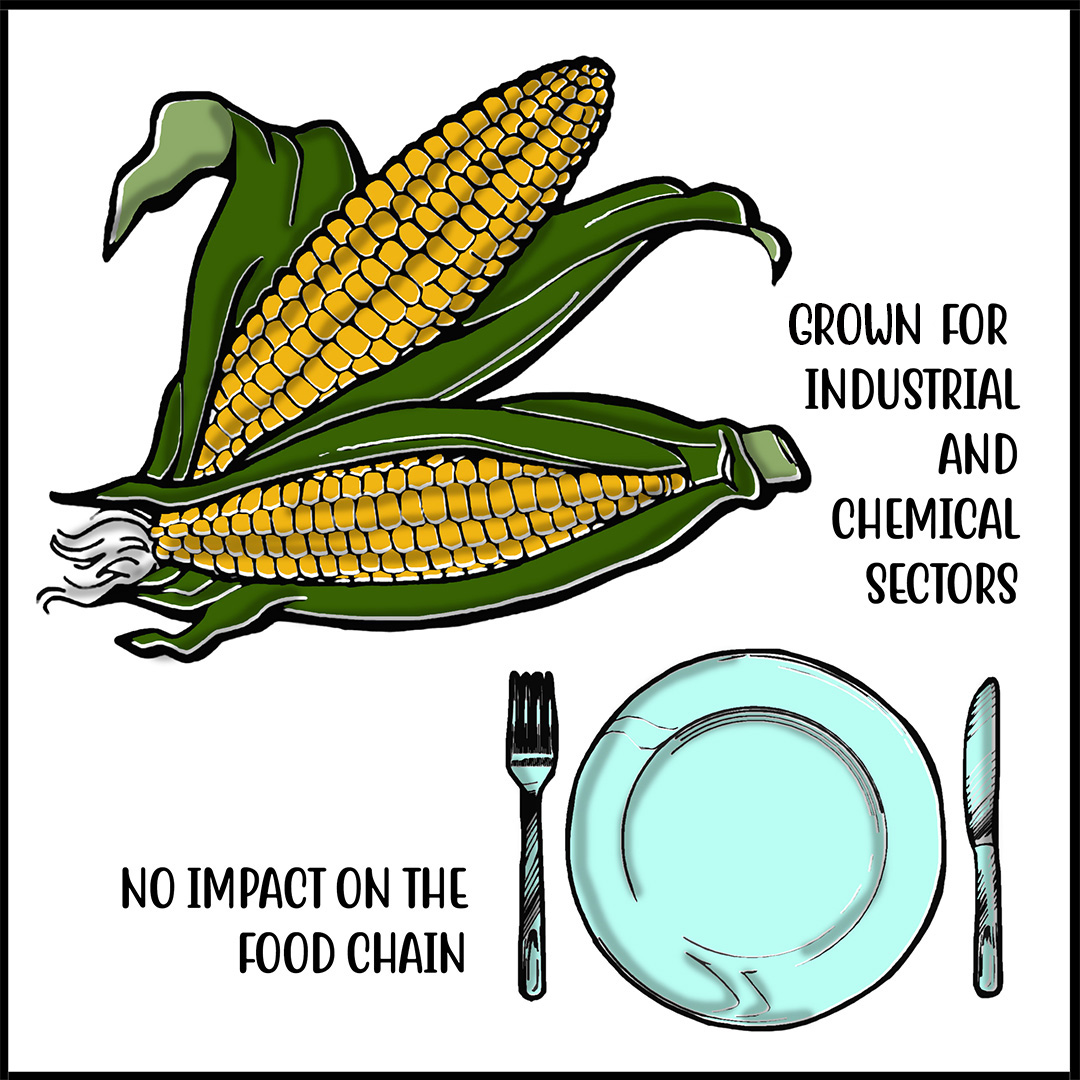
This special corn is grown only for industrial end-use with no impact on the food chain. It provides the polyols needed to reach a real sustainable content. Corn by-products can replace petroleum based products. They can be found in some form of crayons, house paint, printer ink, antifreeze, bioplastics, clothing and other everyday products.
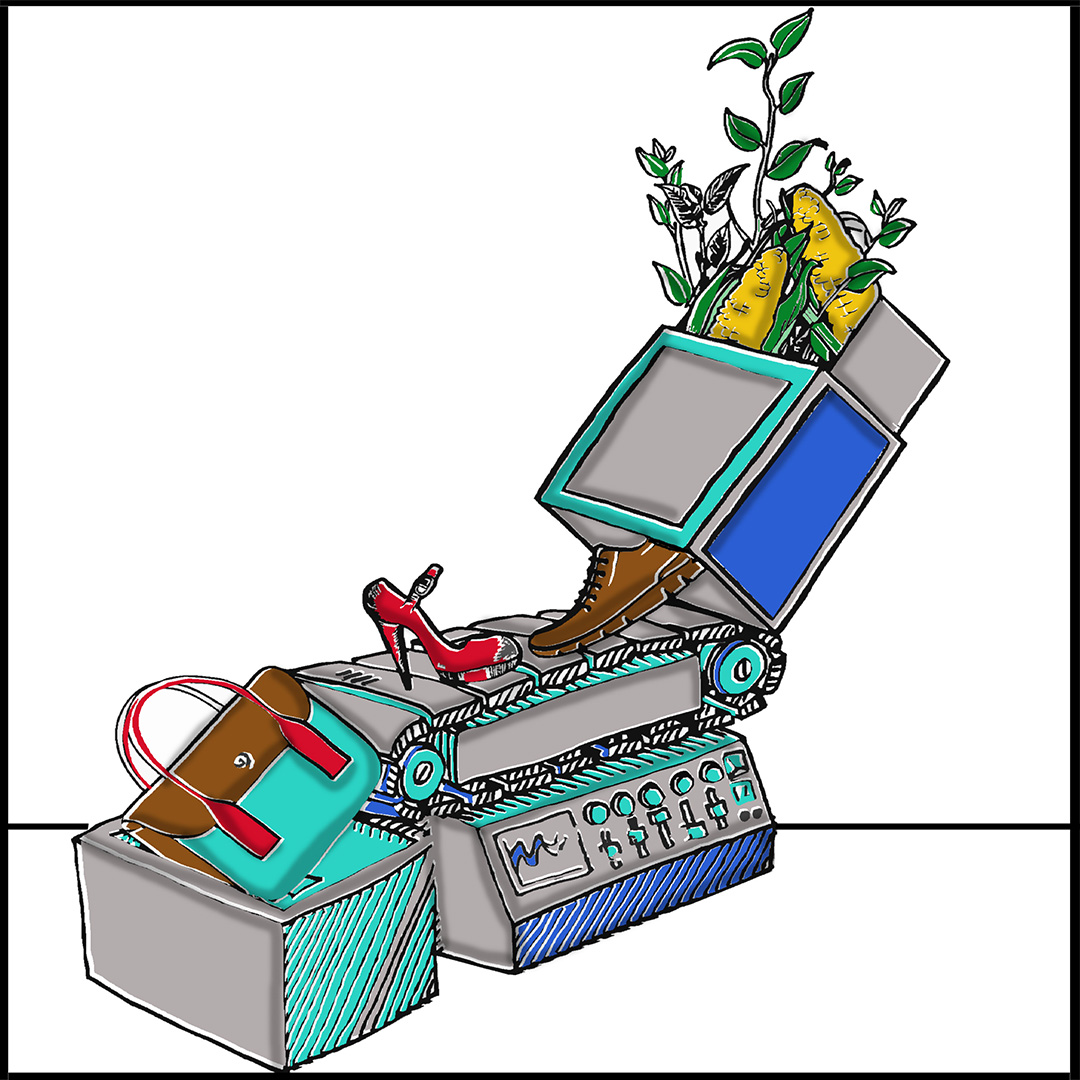
In my world, this Bio-based material is called Viridis®: Green and high-performing in any situation, a talented raw material taking shapes in all directions, a suitable choice for producing vibrant bags, shoes and many other fashion accessories.
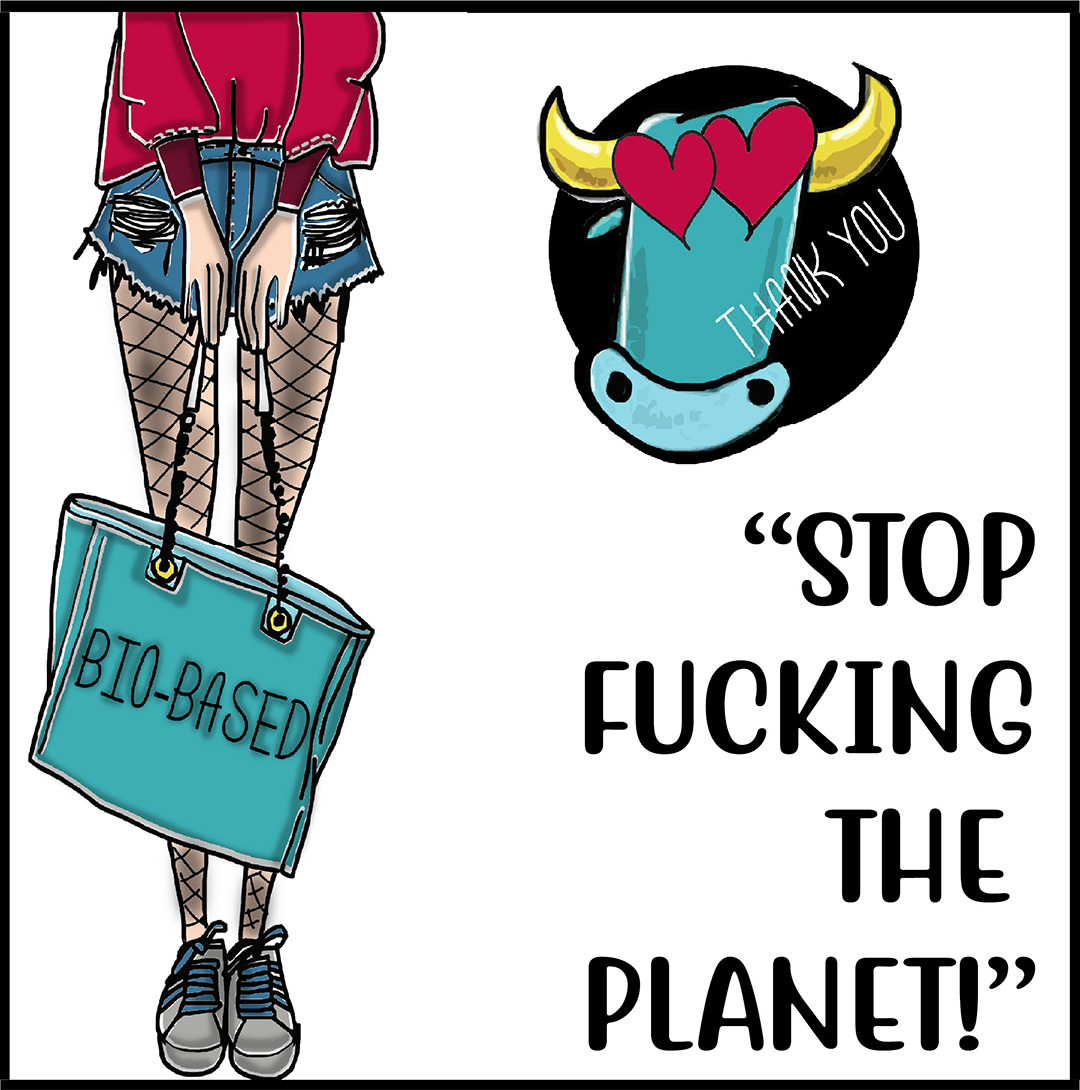
Stop F**king The Planet,
Julia.
Credits:
Illustrations: @serenaconti
Sponsored by @panamatrimmings
Inspired by www.viridis-leather.it
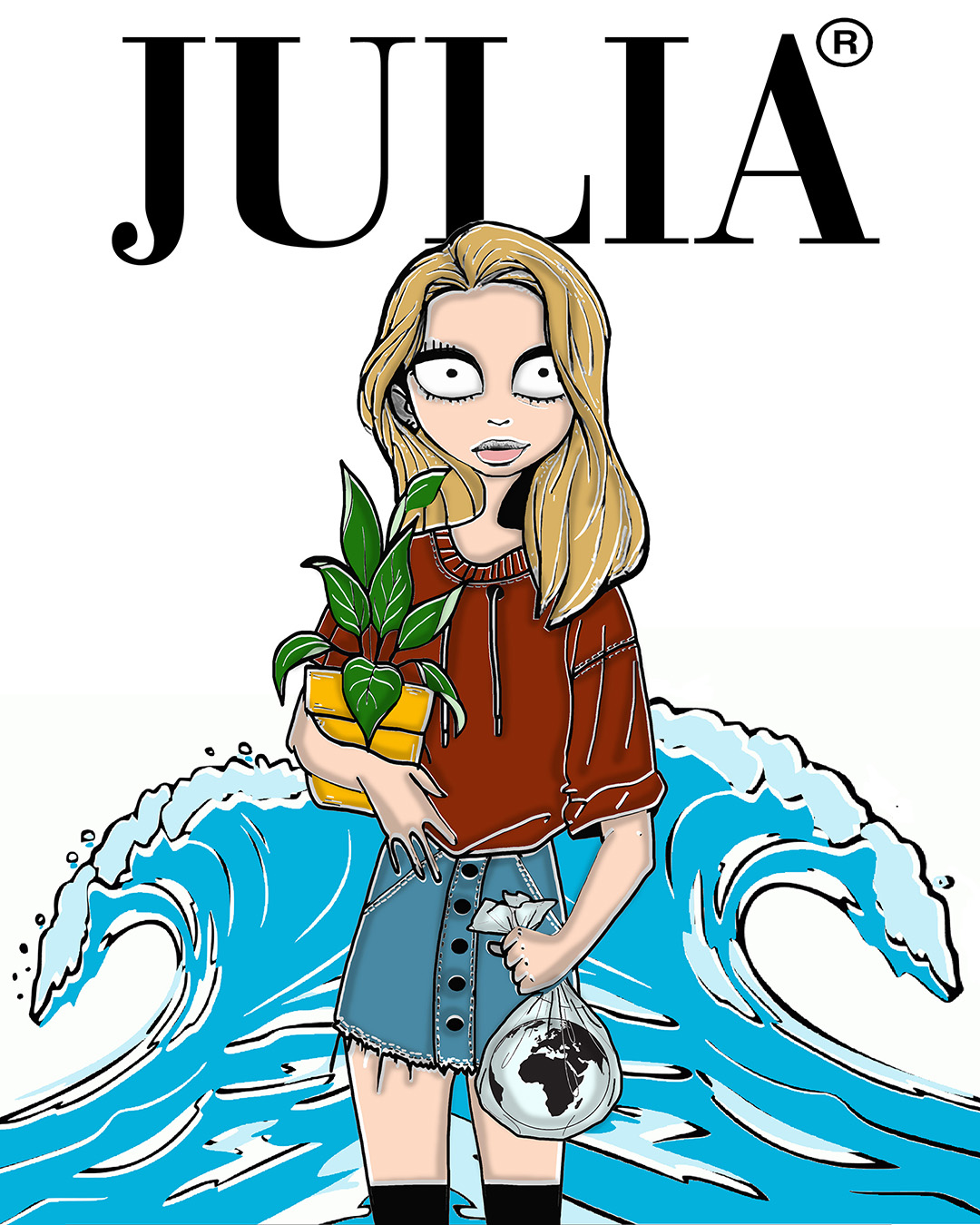
Hi everyone!
Julia here, your one and only source into the sustainable fashion solutions.
Long story short, it's time for green and cool products. I'm gonna show you how simple it is.
Stay tuned!
Stop F**king The Planet,
Julia

